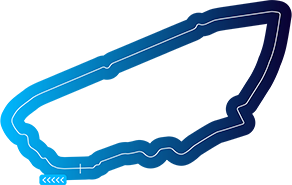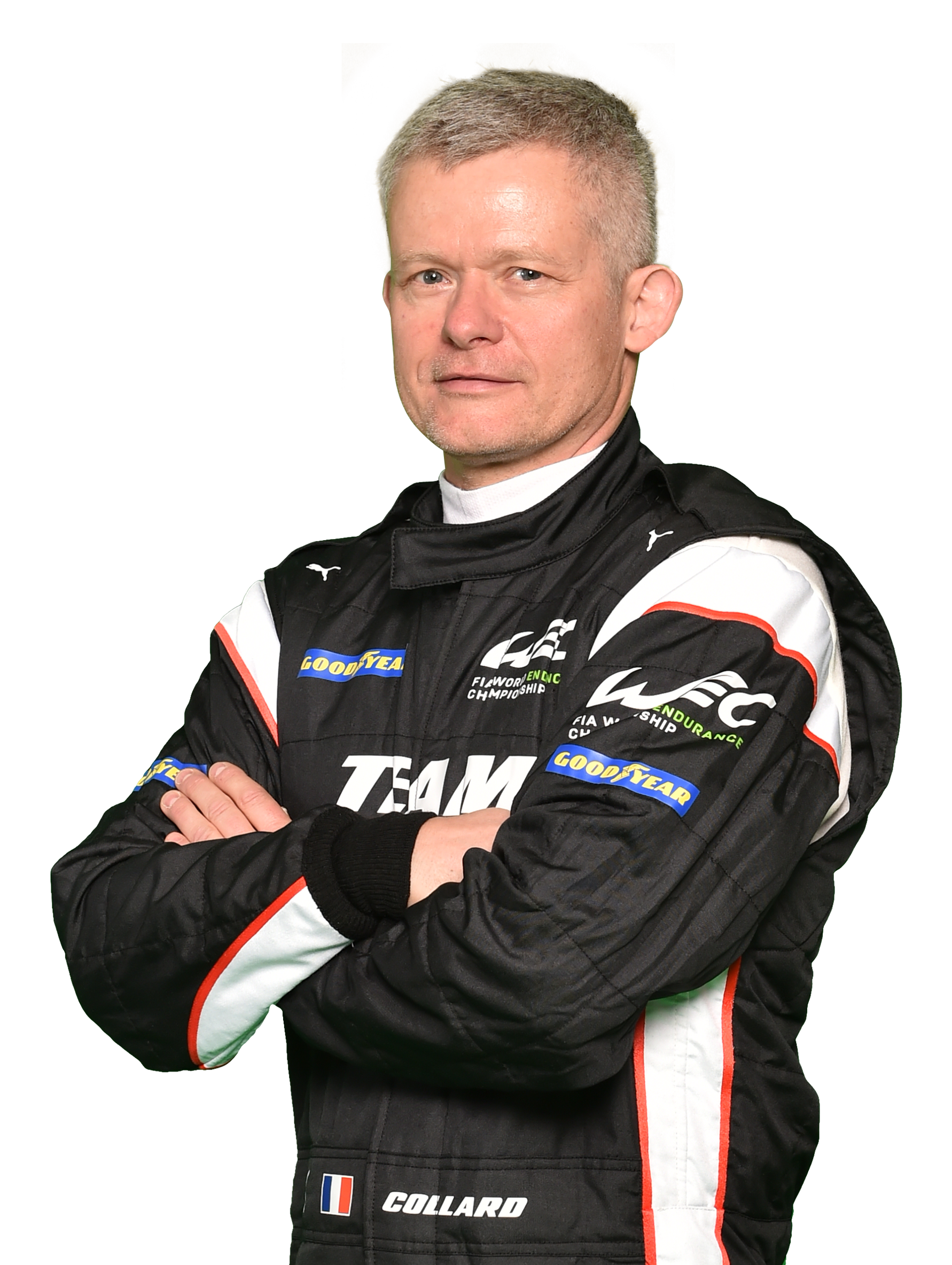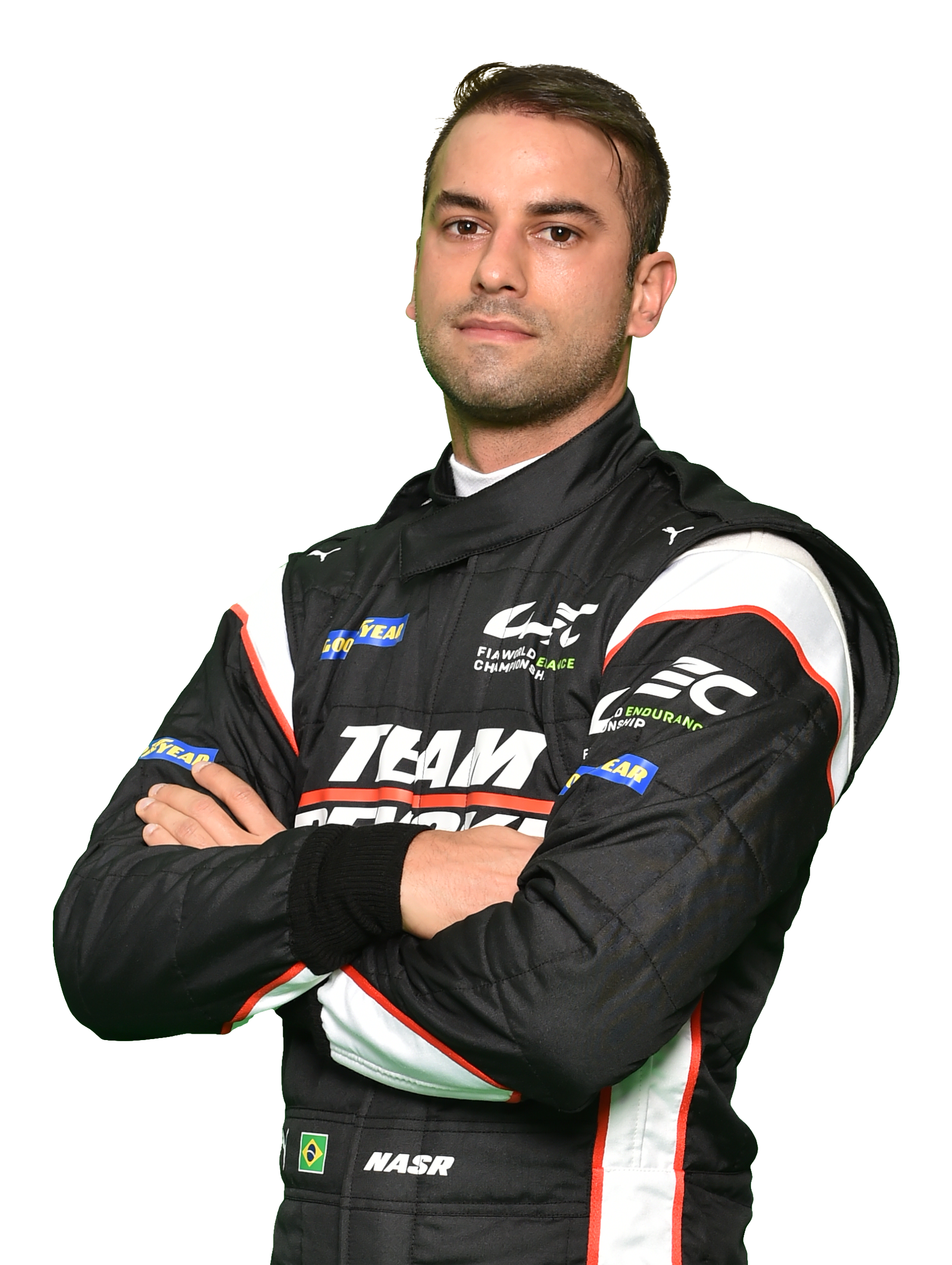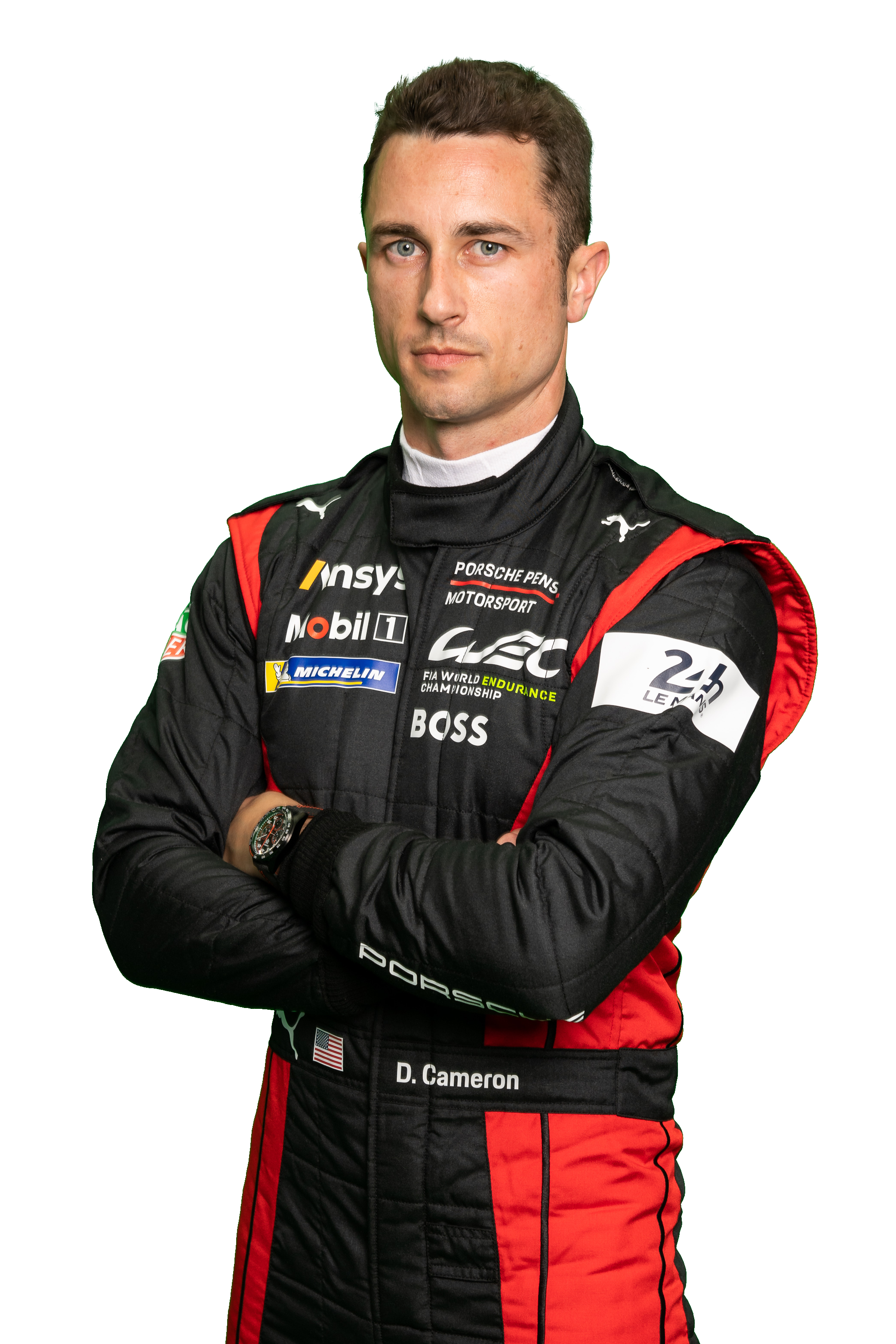Roger Penske's Le Mans Story Part 1
Living legend Roger Penske reconnects with Le Mans…..
Roger Penske’s history with Le Mans may not be as detailed and as deep as his affinity and success with the Indianapolis Motor Speedway, but like most legends of the sport his story at one of the world’s greatest challenges is still fascinating.
This June it will be just over half a century since Penske himself has passed through the La Sarthe paddock gates. In 1971 he entered one of the glorious Ferrari 512 M cars driven by his protégé Mark Donohue and British racer, David Hobbs.
Penske himself raced in the 1963 Le Mans 24 Hours at the wheel of the North American Racing Team’s (NART) Ferrari 330 TRI/LM that he crewed with legendary Mexican firecracker, Pedro Rodríguez.
While both efforts ended in retirement, Le Mans still holds a strong allure to Penske. This year sees his monolithic team, Team Penske, enter an LMP2 car for Felipe Nasr, Dane Cameron and Emmanuelle Collard, after entering the first two races of the FIA World Endurance Championship season at Sebring and Spa.
Speaking to the WEC at Spa earlier this month, Penske alluded to the mythical attraction of Le Mans by saying that the current programme with Porsche “is one that we dreamed of because our goal is to win Le Mans.”
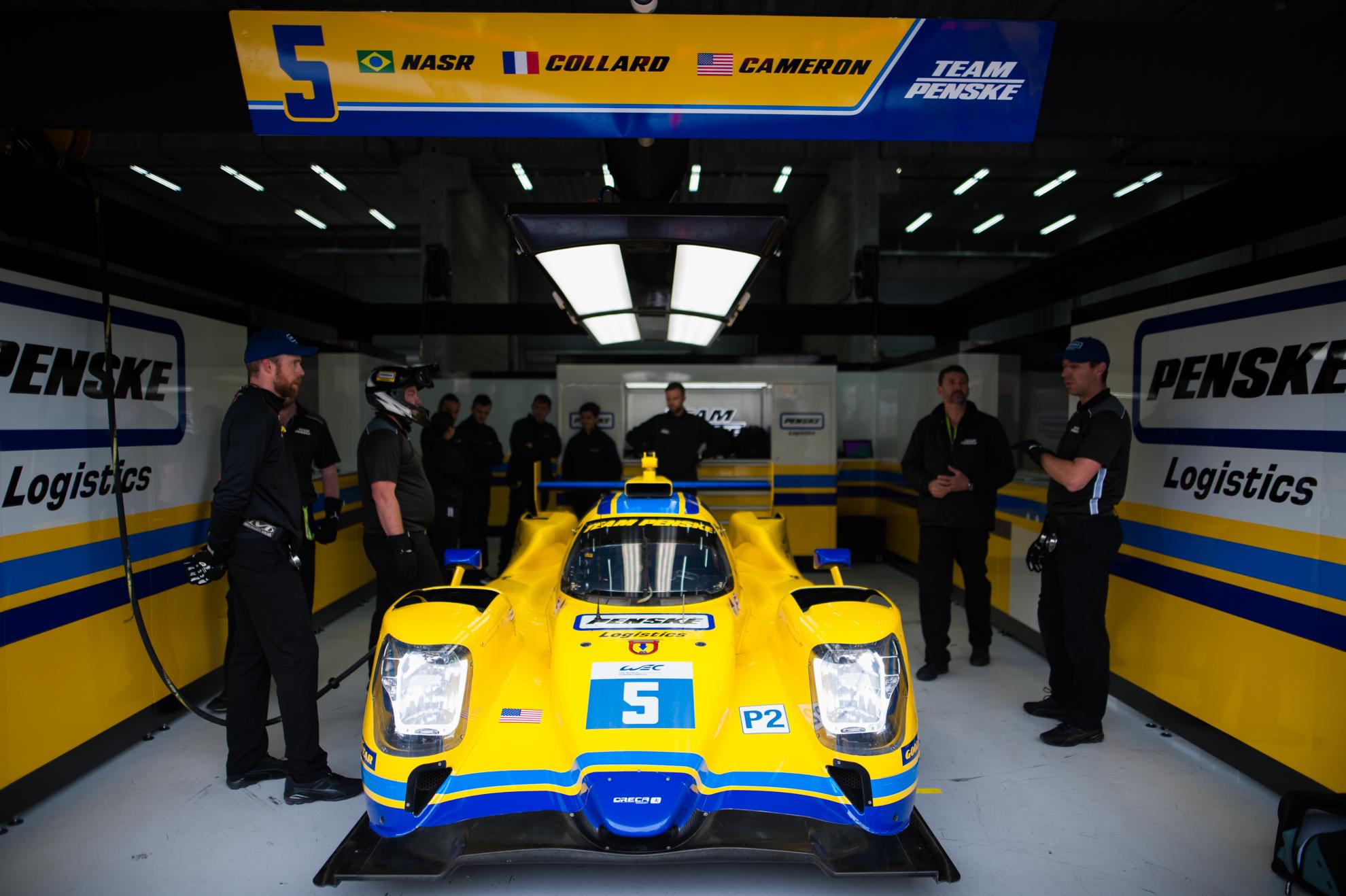
Back in 1963 Penske was an ambitious 26 year-old race driver who had already competed in two Grand Prixs and in some NASCAR events.
“I was a driver (in 1963), with (Pedro) Rodriguez, in the car that won a year before, and I blew it up! Recalls Penske.
“I missed the (gear) shifts, so that was kind of short lived!
“But I would say that coming with (Mark) Donohue, and the team was something we wanted to do (in 1971) but after that, we just didn't have the manpower, or the partnerships, to be able to compete there and the kind of equipment it took to win,” adds Penske.
“Now, we really focused on it, as this new rule was coming out knowing that Porsche was possibly interested, Audi, BMW, and then you had the Hypercars on top of that.
“We were contacted by a couple other manufacturers to do a programme, and we were in discussions with Porsche, and we felt that if that would come true, that we were definitely going to go forward with them, which it did.”
The plans formed last year for Team Penske and its third era of relationships with the Porsche factory.
The first came in the It all started back in 1971 when Roger Penske was looking for new challenges in the world of sportscar racing. He had already tasted success with a Lola T70 MkIIIB at the 1969 Daytona 24 Hours in a race which saw Penske’s protégé Mark Donohue and Chuck Parsons triumph in the first major sportscar classic win for a car sporting the Sunoco Oil company name.
A period of re-engineering the Ferrari 512M followed and was the only true consistent challenger to the Porsche 917s and took pole and the runners-up position at the 1971 Daytona 24 Hours.
This caught the eye of Porsche and for 1972 Penske became the official Can-Am development partner of the German marque.
Already by late ’71 Donohue was helping to develop the turbocharged 917-10 for the Can-Am but suffered a huge accident in testing at Road Atlanta and was badly injured.
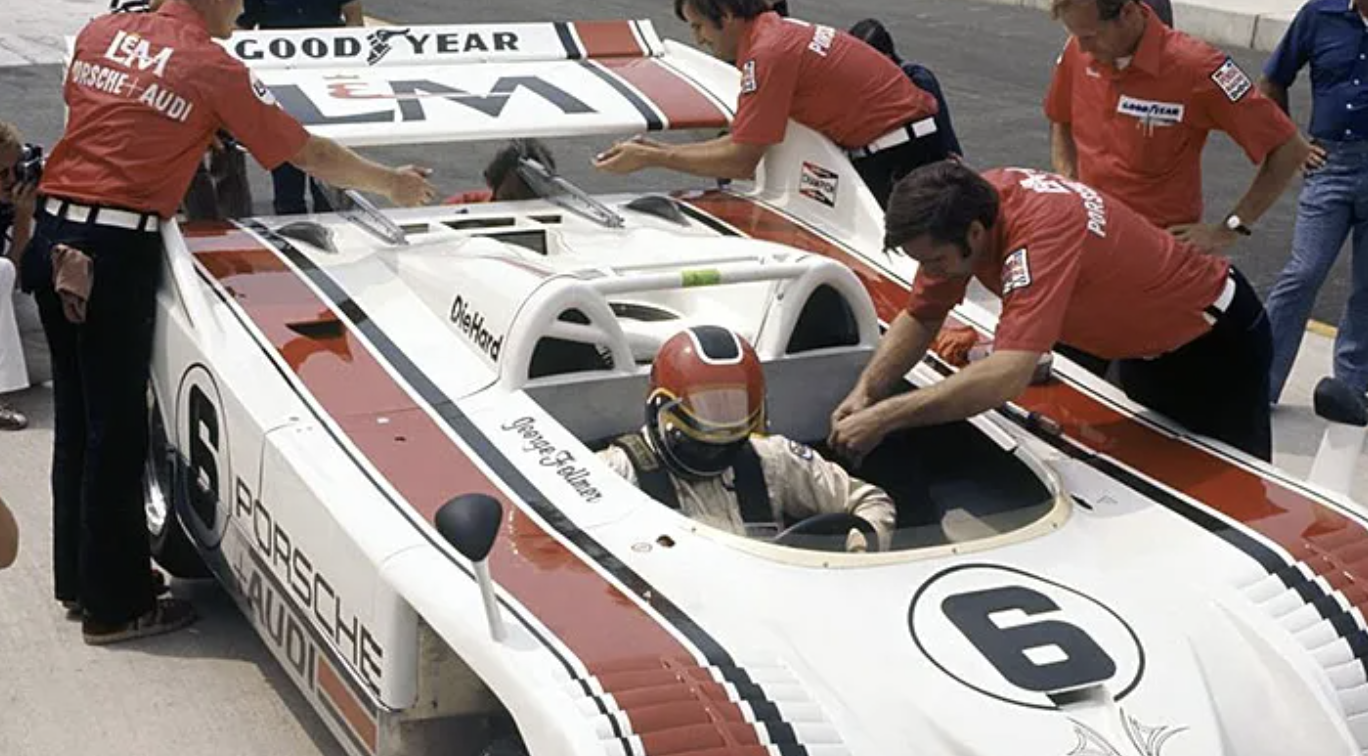
Penske fought back though with George Follmer taking the title, while a recovered Donohue doubled-up on the success with his own Can-Am crown the following year in the monstrously powered Porsche 917/30KL.
This had an outrageous amount of power from the 5.4-litre flat 12 powerplant and Donohue was one of only a few that could tame the incredible 1500bhp which could be supplied via the then revolutionary cockpit adjusted boost knob.
One of the most remarkable moments in the initial Penske Porsche partnership came at Talledega in 1975 just weeks before Donohue’s tragic death at the Austrian Grand Prix. In an attempt on the world closed-course speed record he managed a sensational feat in a 917-30.
Setting an average speed around the 2.66-mile (4.28 km) high-banked oval, Donohue achieved 221.120 mph (355.858 km/h) to smash the previous record and set a standard that would last for over a decade.
The second period was the momentous Porsche Spyder that Team Penske took several titles within the LMP2 class between 2006 and 2008, beating the faster LMP1 prototypes on multiple occasions.
The project was successful from the start as Sascha Maassen, and Lucas Luhr triumphed on their debut at Laguna Seca at the final race of 2005.
The following season, the team took the ALMS LMP675 crown by clinching seven class wins and an overall success at Mid-Ohio resulting in Maassen and Luhr sweeping to the drivers’ championship.
Customer verisions were also successful including the Van Merksteijn entered RS Spyder which won the LMP2 class at Le Mans in 2008.
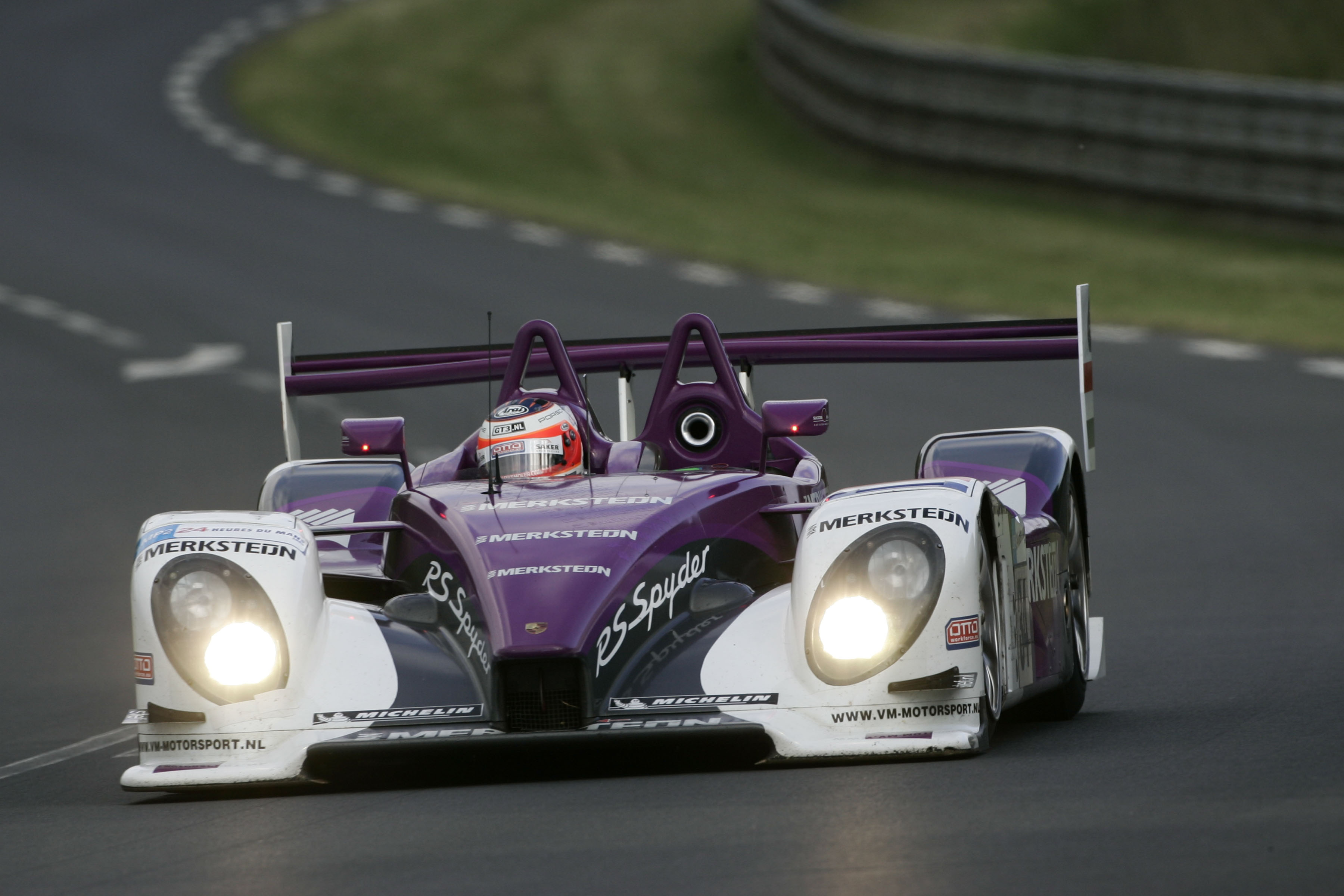
Now in 2022 Penske has rekindled its relationship with Porsche and believes that a great deal of credit for the third chapter should be given to those that enabled a stable and cohesive rules package for the future of endurance racing.
“I think the more harmonisation that we can get with the (global) rules, the better it is, because there's lots of people who want to race (in endurance),” he said.
“I think the rule package with IMSA, and certainly WEC now are much closer together, and you could take advantage of that rule package.
“That's a big step, so give Pierre (Fillon) and the entire FIA Group, and Jim France a lot of credit for putting it together.”




